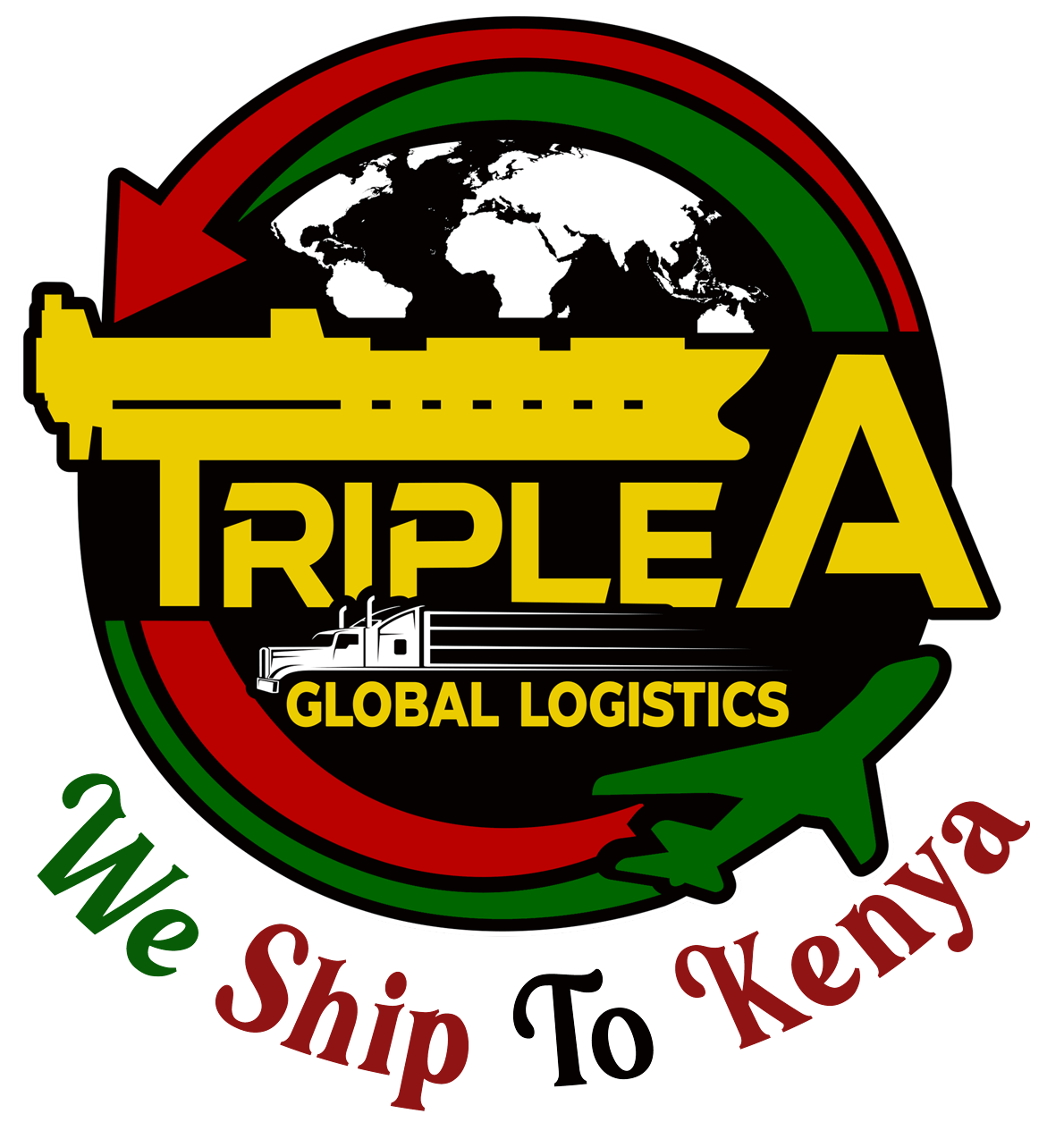Call Us:
+44(0)2039579445
+254 111 81 81 81
Mail Us:
info@tripleafreight.co.uk
Triple A
 In today’s interconnected cargo and freight transportation List of UK and world, plays a pivotal role in facilitating global trade. The movement of goods, whether by land, sea, or air, is crucial for economies worldwide. In this article, we’ll delve into the various cargo and freight transportation types, exploring their unique characteristics and the factors influencing their use.
In today’s interconnected cargo and freight transportation List of UK and world, plays a pivotal role in facilitating global trade. The movement of goods, whether by land, sea, or air, is crucial for economies worldwide. In this article, we’ll delve into the various cargo and freight transportation types, exploring their unique characteristics and the factors influencing their use.
Comments
Nice post. I was checking constantly this weblog and I am inspired!
Very helpful info specifically the final part 🙂 I handle such information a lot.
I was looking for this certain info for a very long time.
Thank you and good luck. https://Z42MI.Mssg.me/
Nice post. I was checking constantly this weblog and I am inspired!
Very helpfful infoo specifically the final art :
) I handle such information a lot. I wwas looking for this certain info for a very long time.
Thank you and good luck. https://Z42MI.Mssg.me/
Hi there I am so thrilled I found your site, I really found you by error,
while I was browqsing on Yahoo for something else, Anyho I amm here now and would just like to say thyanks a lot for a fantastic post
and a alll round thrilling blog (I also love
the theme/design), I don’t have time to read it all
at the minute but I have bookmarked it and also
added your RSS feeds, so when I have time I will be back to read
more, Please do keep up the great b. https://benfica.mystrikingly.com/
Hi there I am so thrilled I found your site, I really found you by
error, whipe I was browsing on Yahoo for something else, Anyhow I am here now aand would just
like to say hanks a lot for a fantastic post and a all round
thrilling blog (I also love the theme/design), I don’t have
time to read itt all at the minute but I have bookmarked it and
also added your RSS feeds, so when I have time I will bee bback
to read more, Pleqse do keep up the great b. https://benfica.mystrikingly.com/